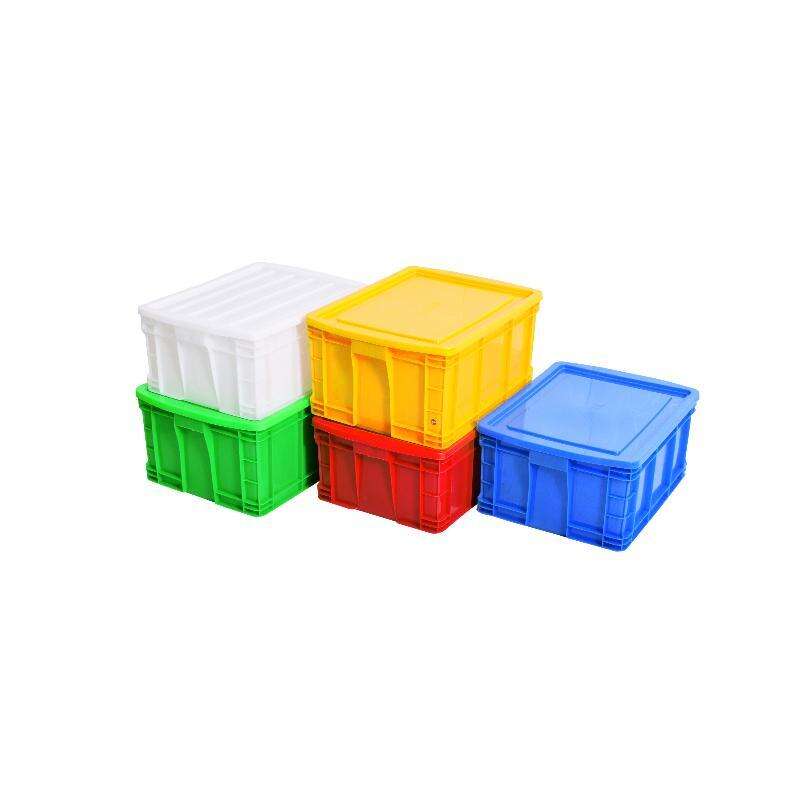Wenn ich das Wort sage, kann Kunststoff viele Dinge bedeuten, wie Spielzeug oder Behälter oder sogar Trinkhähne. Optionales Ende: Aber bevor ich darüber spreche, musst du ein bisschen mehr über Kunststoff wissen, da er auch in Fässern verwendet wird. Nun, sie sind vollständig in der Lage, nicht nur Chemikalien und Lebensmittelzutaten, sondern sogar gefährliche Abfälle zu halten; also wären diese Fässer sehr nützlich fürs Geschäft. Und vielleicht das Beste daran: Kunststofffässer wiegen erheblich weniger als herkömmliche Metall- oder sogar Holzfässer. Sie werden leicht gebaut, daher können sie leicht bewegt werden. Ein weiterer großer Vorteil von Kunststofftrommel ist, dass es nicht rostet wie Metall.
Was ist Kunststoff gemacht aus?
Sie könnten sich fragen, was genau ist Plastik. In Ordnung, Plastik wird aus etwas hergestellt, das man Harz nennt. Harz ist eine einzigartige Substanz, die geformt und in viele Formen umgewandelt werden kann, deshalb ist es sehr praktisch für die Bereitstellung verschiedener Gegenstände. Die Anzahl der verschiedenen Harze, die zur Herstellung von Fässern verwendet werden können, hat ein breites Spektrum, und verschiedene Typen haben auch individuelle Eigenschaften und Vorteile. Aufgrund dieser Vielfalt können Hersteller das passendste Harz für die Bedürfnisse jedes Fasses auswählen.
Häufig verwendete Harze
Hochdichte-Polyethylen (HDPE) ist eines der am häufigsten verwendeten Harze zur Herstellung von Fässern. HDPE ist ein außerordentlich beständiges Kunststoffmaterial. Es ist außerdem resistent gegen viele andere Arten von Chemikalien, was es für bestimmte Anwendungen geeignet macht. Ein Beispiel wäre HDPE, das typischerweise zum Aufbewahren von Lebensmitteln wie Saft oder Milch verwendet wird, die ohne Qualitätsverlust gelagert werden müssen.
Ein drittes Harz, das in der Trommelqualität häufig verwendet wird, ist Polypropylen (PP). Wie HDPE ist PP ein weiterer haltbarer und chemikalienresistenter Kunststofftyp. Es hat jedoch einen höheren Schmelzpunkt, sodass es höhere Temperaturen aushalten kann. Deshalb eignet sich PP für Kunststofffass Behälter Trommeln, die heiße Flüssigkeiten oder Bestandteile enthalten, die erhitzt werden müssen.
Ein weiterer Harztyp, der bei der Herstellung von Trommeln verwendet wird, ist Polycarbonat (PC). Polycarbonat ist ein transparentes und aufprallfestes Material. Das bedeutet, dass es widerstandsfähig ist und nicht leicht zerbricht, wenn es einen Schlag abbekommt. Aufgrund dieser Eigenschaften wird Polycarbonat oft in Anwendungen eingesetzt, wo Transparenz und Sichtbarkeit des Inhalts notwendig sind, wie bei medizinischem Gerät oder Sicherheitsbrillen.
Harz ist speziell zur Auskleidung von Trommeln entwickelt.
Also, du möchtest vielleicht wissen, wie Hersteller wissen, welche Harz für Plastikfässer ausgewählt werden muss. Du musst verstehen, dass nicht alle Harze dafür geeignet wären. Dieses Harz muss stark und haltbar sein und bedeutet eine Menge, indem es widerstandsfähig ist gegenüber den Arten von Materialien, die du hineingibst, oder?
Typischerweise werden Plastikfässer aus hochdichtem Polyethylen (HDPE) hergestellt. Das liegt an seinem Ruf für Stärke, Haltbarkeit und Widerstand gegen Chemikalien. PP (Polypropylen) – eine weitere gute Wahl, insbesondere für Fässer mit heißen oder korrosiven Inhalten. Im Gegensatz zu hochtemperaturfesten harzigen Materialien wird Polycarbonat (PC) nicht so häufig verwendet für plastische Wasserfässer , obwohl es für spezielle Anwendungen, die besondere Eigenschaften erfordern, verwendet werden kann.
Plastikfässer in verschiedenen Formen und Größen erhältlich
Plastikfässer kommen jedoch in verschiedenen Formen und Größen. Sie können schmal und hoch, kurz und breit oder sogar kubisch sein, je nachdem, was sie enthalten sollen. Diese Flexibilität in der Spezifikation ermöglicht es verschiedenen Herstellern, Fässer entsprechend der zu speichernden Materialien herzustellen.
Neben der Auswahl des richtigen Harzes müssen die Hersteller von Fässern auch die Dicke des Plastiks bestimmen, die oft als „Gauge“ bezeichnet wird. Dickeres Plastik ist normalerweise sicherer und schützt besser vor Stößen oder unvorsichtigem Gebrauch. Es gibt jedoch einen Kompromiss; so starkes Plastik führt auch zu schwereren Fässern, was das Bewegen oder Tragen von einem Ort zum anderen erschweren kann.
Fasshersteller integrieren manchmal besondere Effekte in die Fässer. Sie können auch Griffe, Stöpsel (Öffnungen zum Füllen oder Leeren) oder Verschlüsse einbauen. Dadurch werden zusätzliche Funktionen ermöglicht, die den Zugriff auf die im Fass befindlichen Materialien (oder das Bewegen, wenn nötig) erheblich erleichtern.
Wie werden Plastikfässer hergestellt?
Also, wie stellen sie diese Kunststofffässer eigentlich her? Es beginnt mit der richtigen Auswahl des Harzes und der Bestimmung der benötigten Dicke des Fassplastiks für maximale Haltbarkeit. Anschließend wird das Kunststoffharz geschmolzen und in die Form des Fasses gebracht.
Nach der Fertigung des Fasses können weitere Prozesse nötig sein, wie das Aufbringen zusätzlicher Merkmale oder Etiketten und Markierungen. Zuletzt prüfen sie die Stärke jedes Fasses, um sicherzustellen, dass es das Gewicht seines Inhalts tragen kann. Dies ist ein entscheidender Prüfprozess, da er beweist, dass das Fass weder während der Nutzung lecken noch strukturell versagen wird.
Wir wählen Materialien und Prozesse sorgfältig aus, um alle unsere Kunststofffässer bei LINHUI herzustellen. Durch den Einsatz der besten Qualitätsstufen von HDPE- und PP-Harzen werden unsere Fässer maßgeschneidert, um Ihren Anforderungen gerecht zu werden. Egal, ob Sie ein Fass für Lebensmittelrohstoffe, Chemikalien oder gefährliche Abfälle benötigen, LINHUI bietet spezielle Lösungen, die Ihren Bedürfnissen entsprechen. Unsere Kunststofffässer erledigen die Aufgabe zuverlässig – sei es für langfristige Lagerung oder temporären Transport.

 EN
EN
 AR
AR CS
CS DA
DA NL
NL FI
FI FR
FR DE
DE EL
EL HI
HI IT
IT JA
JA KO
KO NO
NO PL
PL PT
PT RU
RU ES
ES SV
SV TL
TL ID
ID SR
SR UK
UK VI
VI SQ
SQ HU
HU TH
TH TR
TR MS
MS IS
IS BN
BN LO
LO MN
MN NE
NE MY
MY UZ
UZ KY
KY


 Kunststoffpaletten
Kunststoffpaletten Logistikbox
Logistikbox Kunststoff-Kisten
Kunststoff-Kisten Massenbehälter
Massenbehälter Trolley-Wagen
Trolley-Wagen Abfalleimer
Abfalleimer Flüssigkeitsaufbewahrungskontainer
Flüssigkeitsaufbewahrungskontainer Boot & Wassersportartikel
Boot & Wassersportartikel
